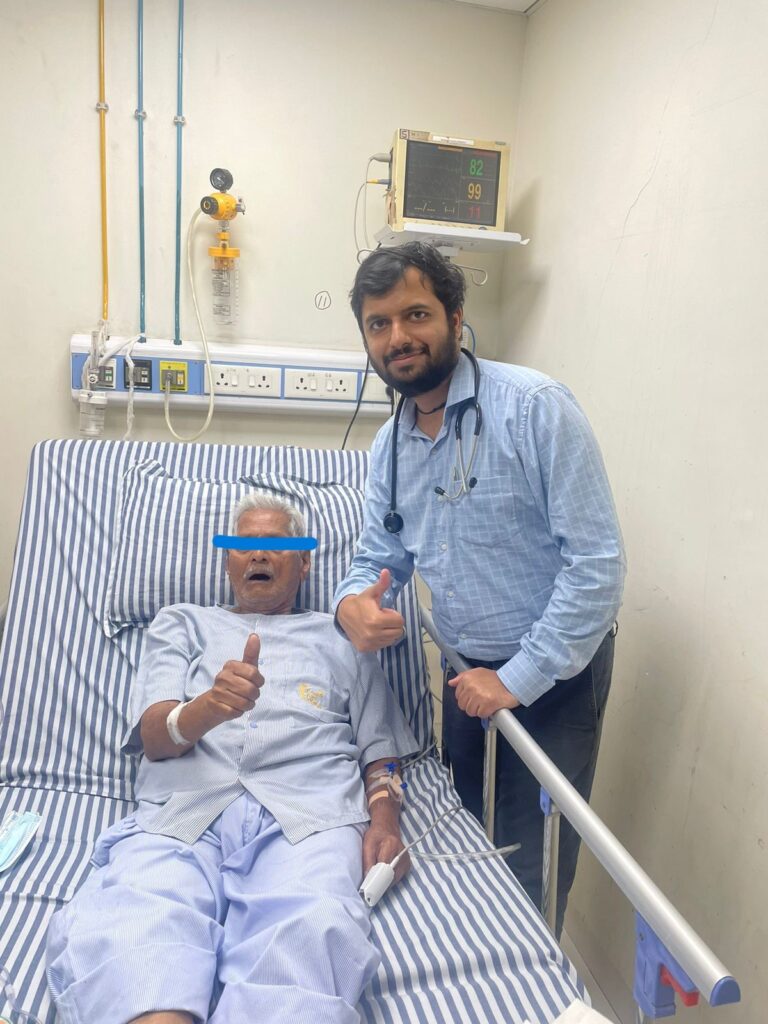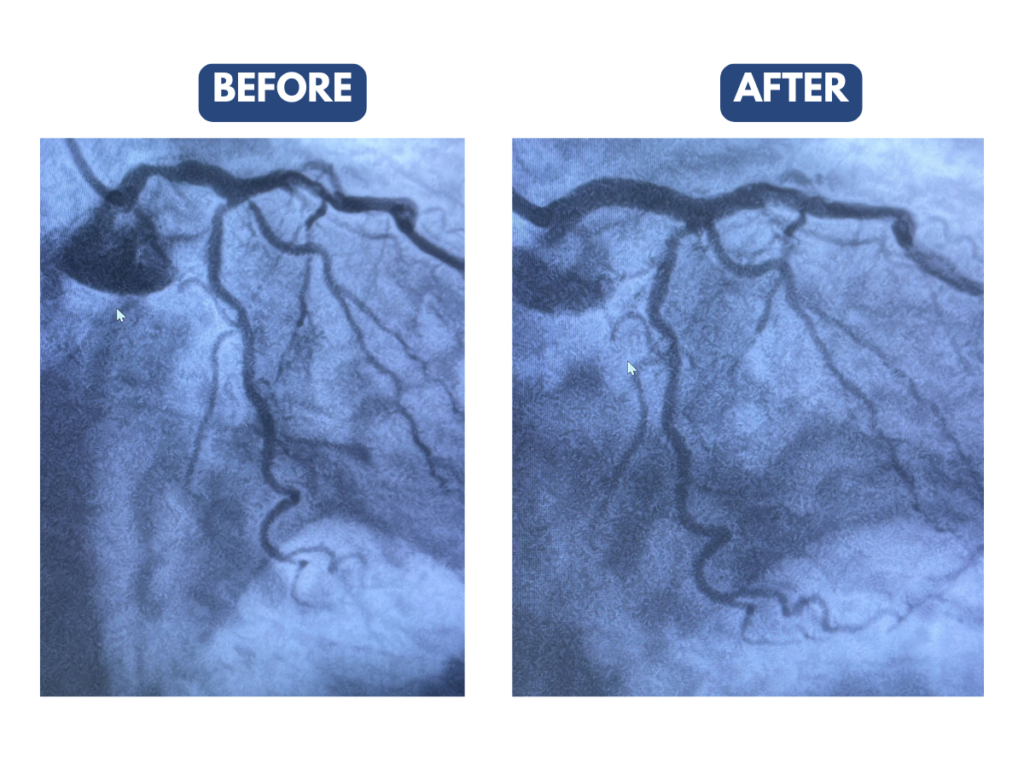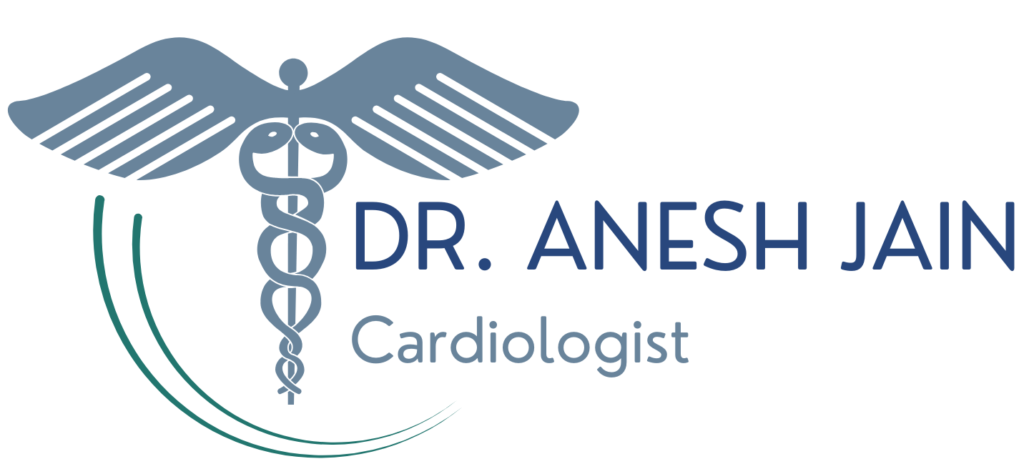- Ruby Hall Clinic, near Wanowrie, Pune, Maharashtra
- Mon - Fri: 9:00 am - 4:00 pm
Lorem ipsum dolor sit amet, consectet eiusmod tempor incididunt ut labore e rem ipsum dolor sit amet. sum dolor sit amet, consectet eiusmod.
Visiting Hours
| Mon - Fri: | 8:00 am - 8:00 pm |
| Saturday: | 9:00 am - 6:00 pm |
| Sunday: | 9:00 am - 6:00 pm |
Gallery Posts






Overcoming Unstable Angina at Age 90

Age may bring its own set of challenges, but it certainly doesn’t dictate the limits of recovery or diminish the possibility of a good quality of life. When this 90-year-old patient first walked into my clinic, he came with understandable concerns. The chest pain he had been experiencing was not only limiting his daily activities but also causing significant anxiety for him and his family. After all, experiencing unstable angina at such an advanced age is no small matter.
The ECG results pointed towards a Left Main Coronary Artery (LMCA) involvement—a critical area, often referred to as the “widow-maker” because of its importance in supplying blood to a large portion of the heart muscle. Time was of the essence, and the stakes were high. Yet, I was confident that with a careful approach, we could give him a new lease on life.
The Procedure: Precision and Patience
During the angioplasty, I inserted two stents to support the walls of the affected artery and maintain proper blood flow to the heart. This is a delicate procedure under any circumstance, but for an elderly patient, the risks can be higher due to potential complications. Thankfully, the procedure went off without a hitch. The moment the blood flow was restored, I could already see an improvement in his condition. There was a sense of relief—not just for me, but for the patient and his family, who had been anxiously waiting for news.
Post-Procedure: A Remarkable Recovery
The recovery phase can be particularly demanding for elderly patients, but this gentleman showed an inspiring level of determination. Within days, his symptoms had dramatically improved. The chest pain subsided, and his energy levels began to return. By the time of his follow-up appointment, he was able to walk short distances without any discomfort. We implemented a personalized cardiac rehabilitation program to help him gradually regain his strength, along with medications to support his heart health.


Age Should Never Be a Barrier
This case is a powerful testament to the fact that age, while an important factor, should never be the sole determinant in deciding whether to pursue treatment. In cardiology, the goal is to improve not just the quantity but also the quality of life. Older patients, too, deserve the opportunity to live without the burden of constant pain or the fear of a heart attack.
I often encounter patients and families who wonder if it’s “too late” to intervene when heart conditions emerge at an older age. My response remains the same: There is no age bar when it comes to pursuing treatment. Each patient is evaluated on a case-by-case basis, considering their overall health, the severity of the condition, and the potential benefits of the procedure.
A Message for All Patients and Families
I hope this story serves as a reminder that modern cardiology offers solutions for patients across all age groups. It’s never too late to seek help for heart conditions. I encourage anyone, regardless of age, to consult a cardiologist if they experience symptoms like chest pain, shortness of breath, or extreme fatigue. There are always options, and together, we can find the path that best suits your needs.
To my 90-year-old patient, you are an inspiration to all of us. Your resilience and willpower are a true testament to the human spirit, and I am honored to have been part of your journey to better health.
— Dr. Anesh Jain, Leading Cardiologist in Pune


